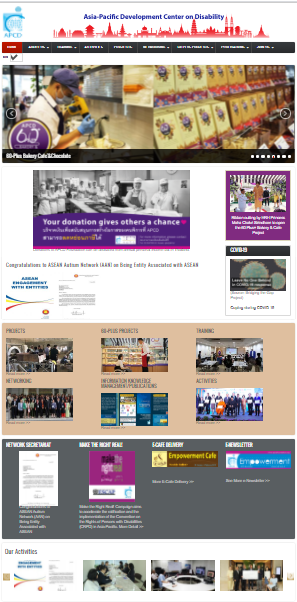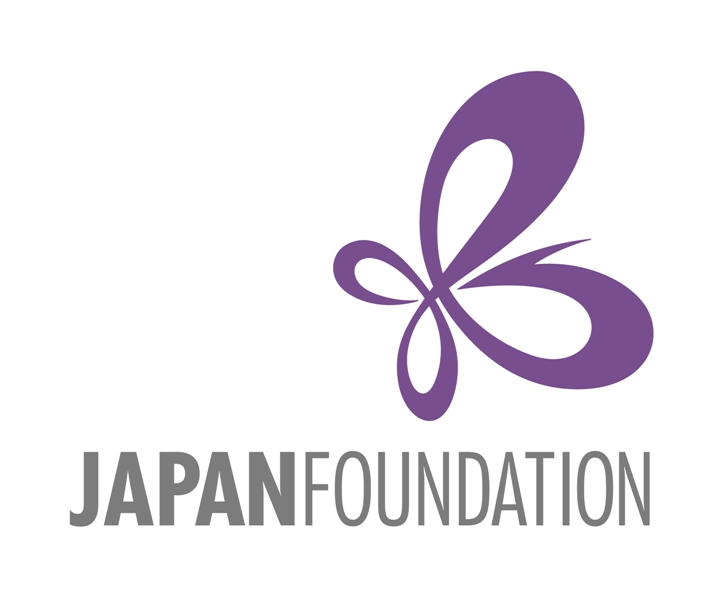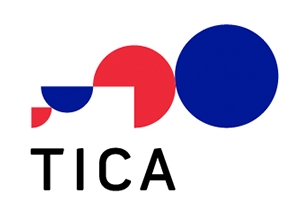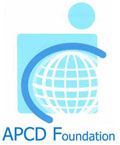Sri Lanka
Country Profile: Sri Langka
Statistics
| Human development index (for 2005) | |
| Human development index rank | 99 (UNDP 2007) |
| GDP per capital (PPP) | $4 595 (UNDP 2007) |
| Life Expectancy at birth (years) | 71.6 (UNDP 2007) |
| Combined gross enrolment ratio for primary, secondary and tertiary education | 62.7 per cent (UNDP 2007) * |
| Demography | |
| Total population mid-2007 | 20 105 000 (United Nations 2006) |
| Population of persons with disabilities | 1 407 000 ** |
| Proportion of persons with disabilities to total population | 7.0 per cent (ESCAP 2006, Q 18) |
| definition of disability | A limitation of performance in one or more activities which are generally accepted as essential basic components of daily living such as partial or complete inability to perform them (ESCAP 2006, Q 19) |
| definition of persons with disabilities | “[A]ny person who, as a result of any deficiency in his physical or mental capabilities, whether congenital or not, is unable by himself to ensure for himself, wholly or partly, the necessities of life.” (Sri Lanka 1996, art. 37)*** |
| Employment rate of persons with disabilities | No response provided (ESCAP 2006, Q 12.1) |
| Access to education | 31.7 per cent (Sri Lanka 2001, 5) |
| Institutional framework | |
| National coordination mechanism or disability focal point | National Council for Persons with Disabilities, established in 1996 (ESCAP 2006, Qs 1(i), (ii)) |
| Number of members and composition of the mechanism | A total of 22 members: the Minister and Secretary of the Ministry of Social Services and Social Welfare; 11 members representing organizations of and for persons with disabilities; 9 from among members of the Parliament, Provincial Councils or local authorities, professionals and public officers (ESCAP 2006, Q 1(ii)) |
| Legislative and policy framework | |
| Mention on disability in constitution | “Nothing in this Article shall prevent special provision being made, by law, subordinate legislation or executive action, for the advancement of … disabled persons.” (Sri Lanka 1978, chap. III, art. 12, para. 4) |
| comprehensive disability law | Protection of the Rights of Persons with Disabilities Act, 1996 (Sri Lanka 1996) |
| Disabilitiy-specific anti discrimination law | No (ESCAP 2006, Q 10) |
| Sectoral disbility laws | Cover: education; employment; rehabilitation; health; information and technology; building code; transportation; poverty alleviation; and social security/social welfare (ESCAP 2006, Q 8(i)) |
| National plan of action on disability | National Policy on Disability for Sri Lanka (Sri Lanka 2003) |
| National efforts to promote an Inclusive Society | |
| Employment quota scheme | No (ESCAP 2004c, Q 30-a) |
| National accessibility standard | Disabled Persons’ Accessibility Regulations, No. 01 of 2006, 17 October 2006 (ESCAP 2006, Q 13.1) |
| Standardized sign language | Action is being taken to complete the National Standard Sign Language. The Ministry of Education and the National Institute of Education have undertaken this programme, along with associations for the deaf as well as other experts in the field (ESCAP 2006, Q 19.1) |
| ICT accessibility guideline | “The ICT Policy for Guidelines for Persons with Disabilities” has been submitted for approval (ESCAP 2006, Qs 17.1, 18.1) |
| Financial commitment | |
| Proportion of disability (social) spending to GDP or entire national budget | Not available |
| Annual budget allocated to the national coordination mechanism | 25 million Sri Lanka rupee allocated under the capital budget for 2007 (ESCAP 2006, Q 1(ii)) |
| Commitment to regional and international instruments on disability | |
| Signatory to the Proclamation of the Decade | 1993 (ESCAP 2004b) |
| Ratification of ILO Convention159 | No (ILO 2009) |
| Ratification or signatiory of the conventions on the Rights of Person with Disabilities, and its Optional Protocol | Signed the Convention on 30 March 2007 (United Nations 2009) |
| * National or UNESCO Institute for Statistics estimate; data refer to a year other than that specified. ** ESCAP secretariat estimate based on available information. ***For the Census of Population and Housing 2001, a person with disabilities was defined as “A person who was unable or limited in carrying out activities that he or she can do due to congenital or long-term physical/mental disabilities” (Sri Lanka 2001, 1). |
|
Source: http://www.unescap.org/ESID/psis/disability/publications/glance/Disability_at_a_Glance2009.pdf











